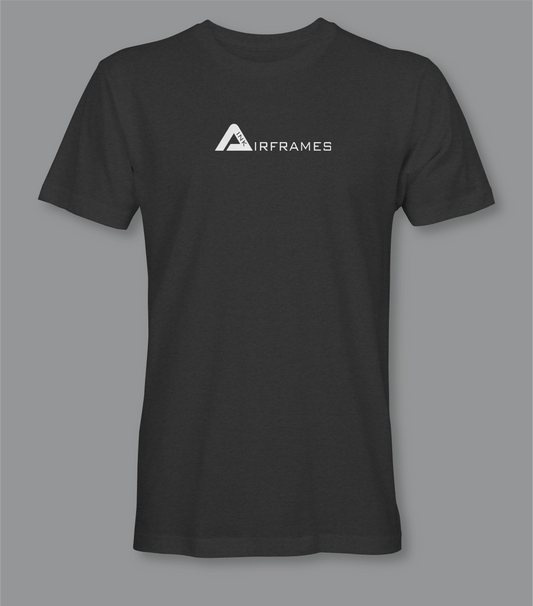
Made in the USA: The Value of Locally Produced Apparel
Trent WeilandShare
In an era where the globe is more connected than ever, the appeal of locally produced goods, particularly apparel, has seen a resurgence. The "Made in the USA" label carries a cache that extends beyond simple patriotism, tapping into broader issues like sustainability, economic strategy, and quality. Here, we delve into the often overlooked nuances of domestic apparel production, exploring not just its perceived benefits but also the less discussed complexities it involves.
Economic Impact and Consumer Perception
Supporting Local Economies
When we buy garments labeled as "Made in the USA," we're not just purchasing a piece of clothing. We're also contributing to the domestic economy. The apparel manufacturing sector supports jobs in communities across the country. Unlike offshore production, local manufacturing helps keep money circulating within the community, supporting everything from local labor to ancillary businesses like logistics and packaging.
- Jobs: Supports a wide range of employment opportunities, from skilled tailors to warehouse staff.
- Community Development: Encourages infrastructure growth that benefits both business and local services.
Consumer Trust and Product Value
Consumers have shown they value products made on American soil. A McKinsey study highlighted that American consumers place a significantly higher value on apparel produced entirely in the U.S. with U.S. raw materials compared to products made partially or entirely overseas Sourcing Journal. This trust stems from a combination of factors:
- Quality Assurance: Domestic production often adheres to higher quality standards.
- Ethical Standards: Higher labor standards and working conditions in the U.S. generate consumer trust.
- Transparency: Easier access to information about the manufacturing process.
The Environmental Equation
Reduced Carbon Footprint
The environmental impact of locally produced apparel is a critical aspect that does not receive enough spotlight. Manufacturing clothing closer to its consumer base significantly reduces the carbon footprint associated with its transportation. By minimizing the distance that products travel, we not only reduce emissions but also lessen the packaging needed for long hauls, further mitigating environmental impact.
Sustainability Practices
U.S. manufacturers are increasingly adopting sustainable practices, from using renewable energy sources to recycling water and materials. These practices not only help in reducing the environmental impact but also resonate well with a growing segment of consumers who prioritize sustainability.
The Double-Edged Sword of Pricing
Consumer Cost Perceptions
While "Made in the USA" is appealing, it often comes with a higher price tag. This aspect can deter some consumers who view such products as too expensive, opting instead for cheaper imports. Yet, this perception of high cost often does not account for the long-term benefits of durability and quality, elements that can lead to lower costs over time. Educating consumers about the true cost of quality and the hidden costs of cheap imports can help in altering this perception.
Strategic Pricing and Market Positioning
For brands like Airframes Ink Apparel Co., positioning a product involves more than just highlighting its patriotic appeal or local benefits. It involves crafting a narrative that connects with the consumer’s sense of value, quality, and impact. Here, transparency in pricing and the benefits of domestic production can play a crucial role.
Conclusion
The resurgence in the popularity of "Made in the USA" apparel is more than just a trend—it's a movement towards more sustainable, ethical, and high-quality consumer goods. As the market evolves, it is essential for companies to not only highlight the patriotic and economic benefits of domestically produced apparel but also to educate consumers on the environmental impacts and real costs of their purchasing decisions. By doing so, brands can leverage this growing consumer consciousness to build a more sustainable, transparent, and ethically robust business model.







